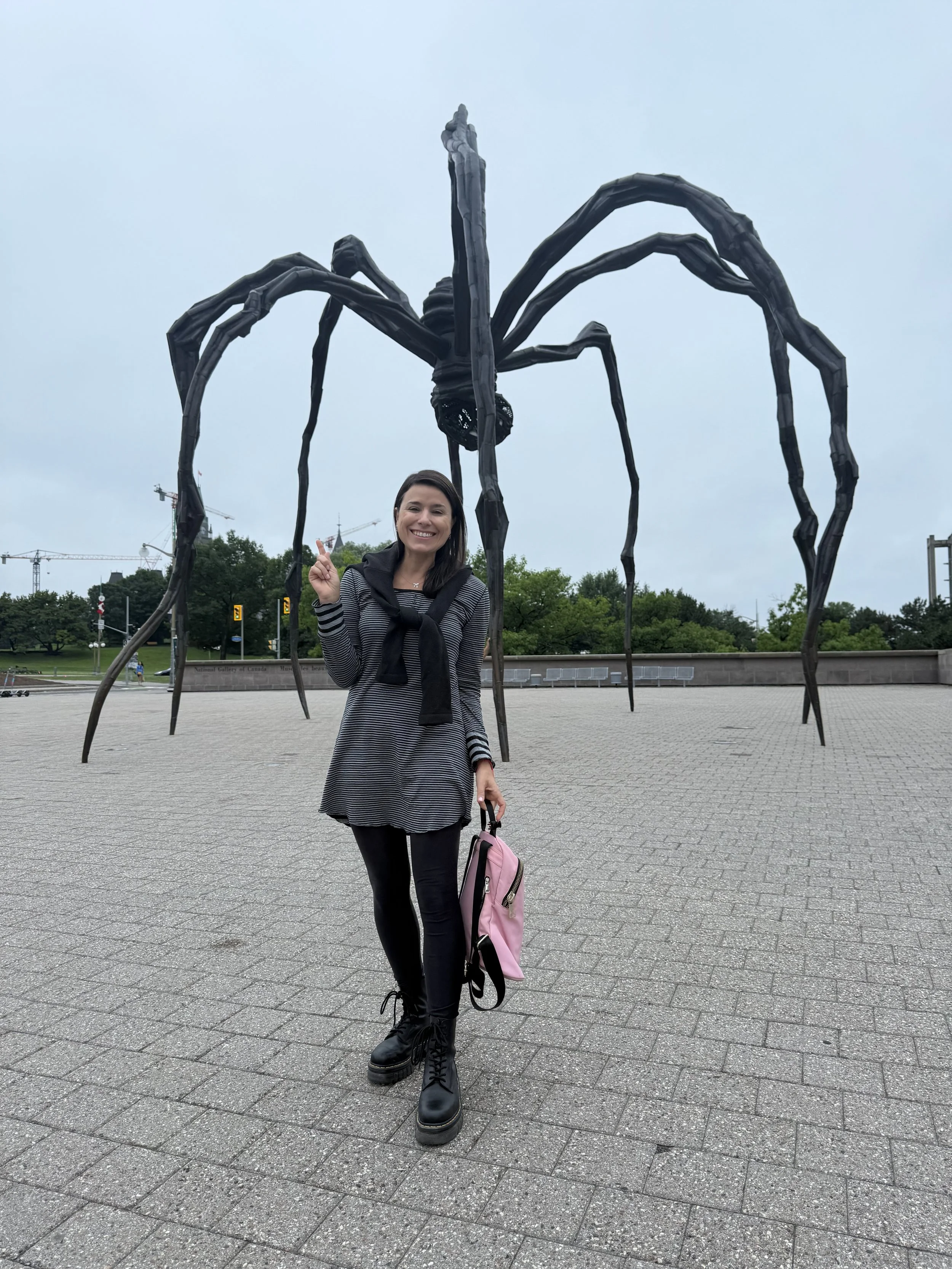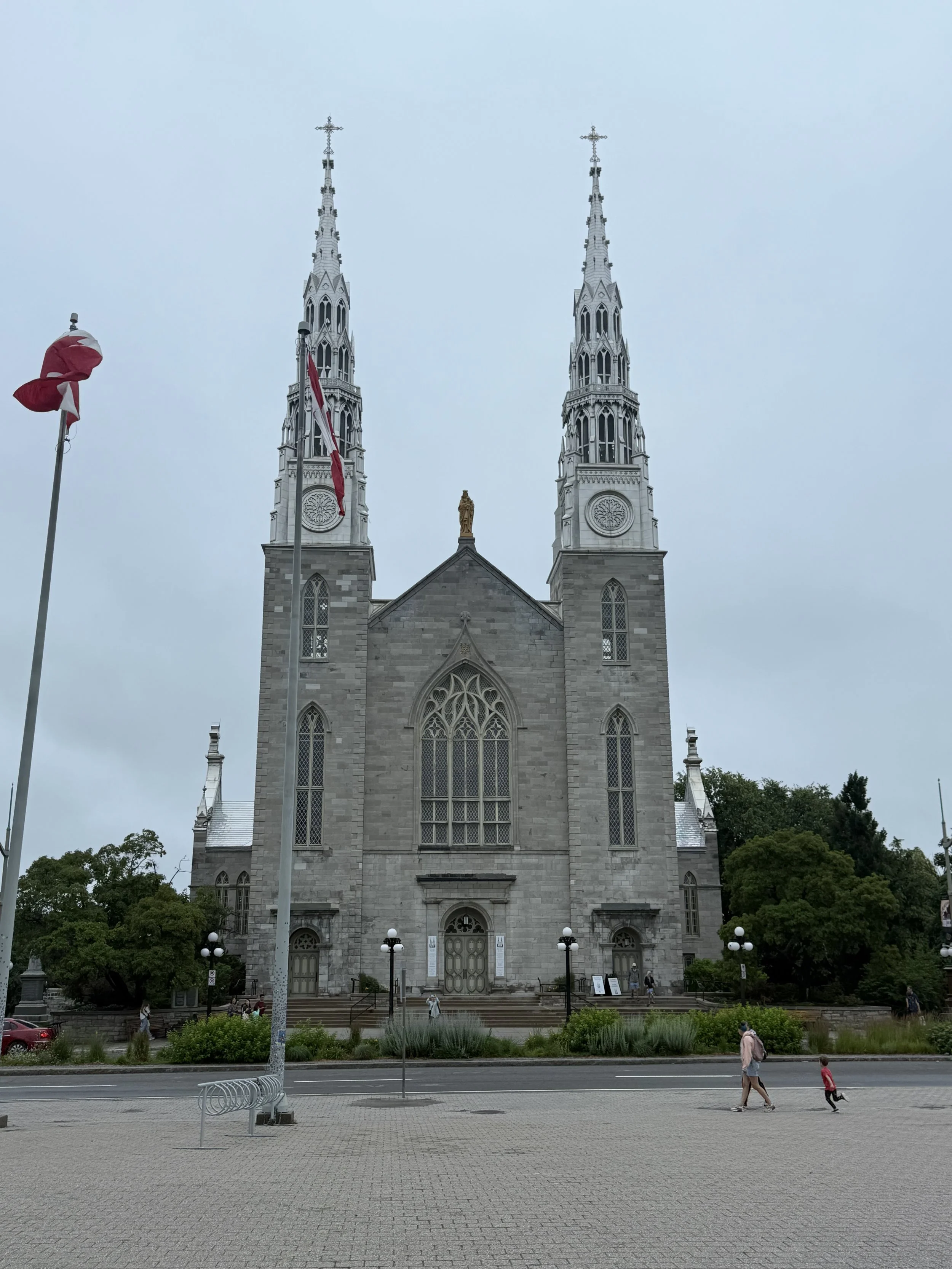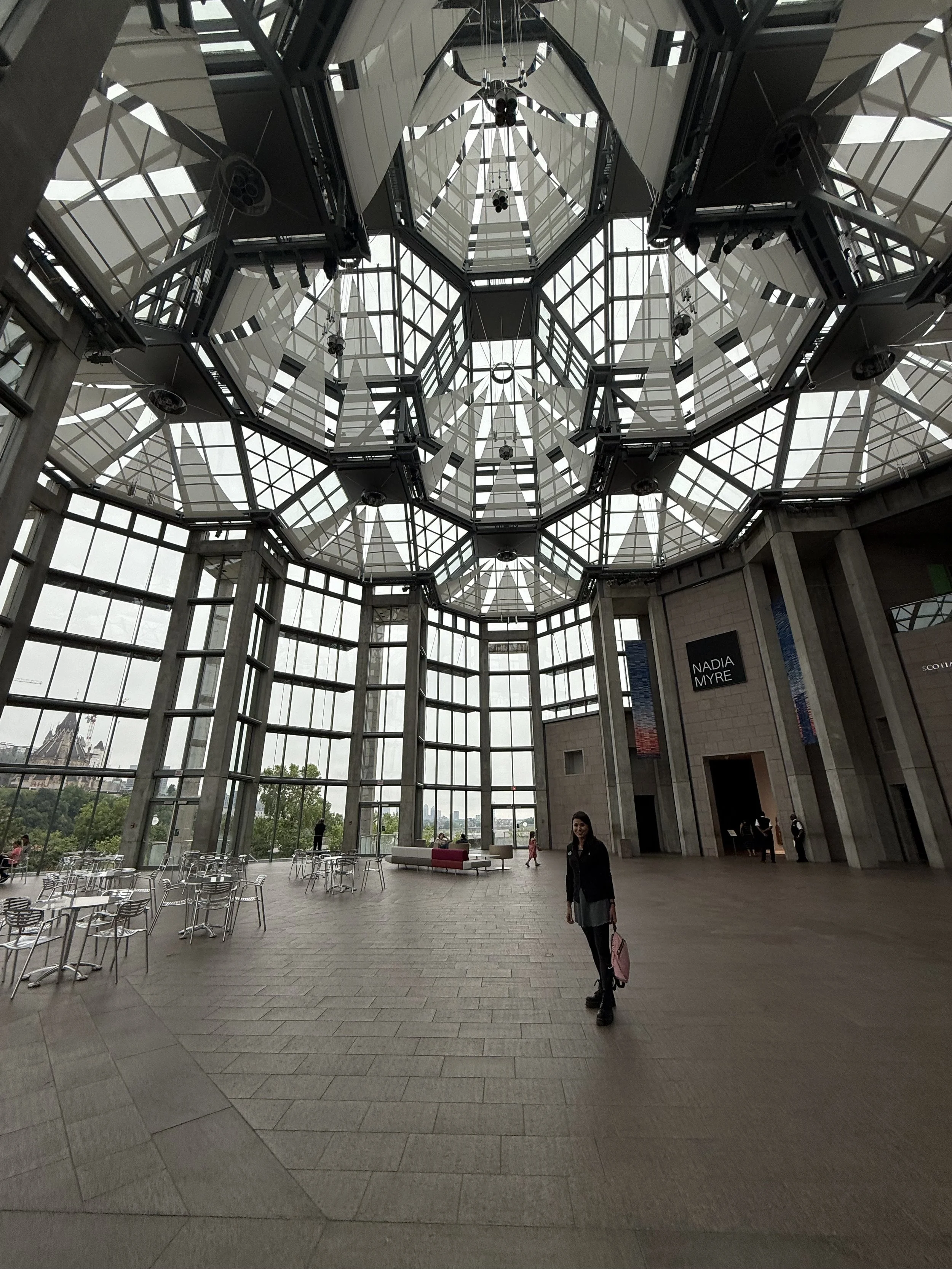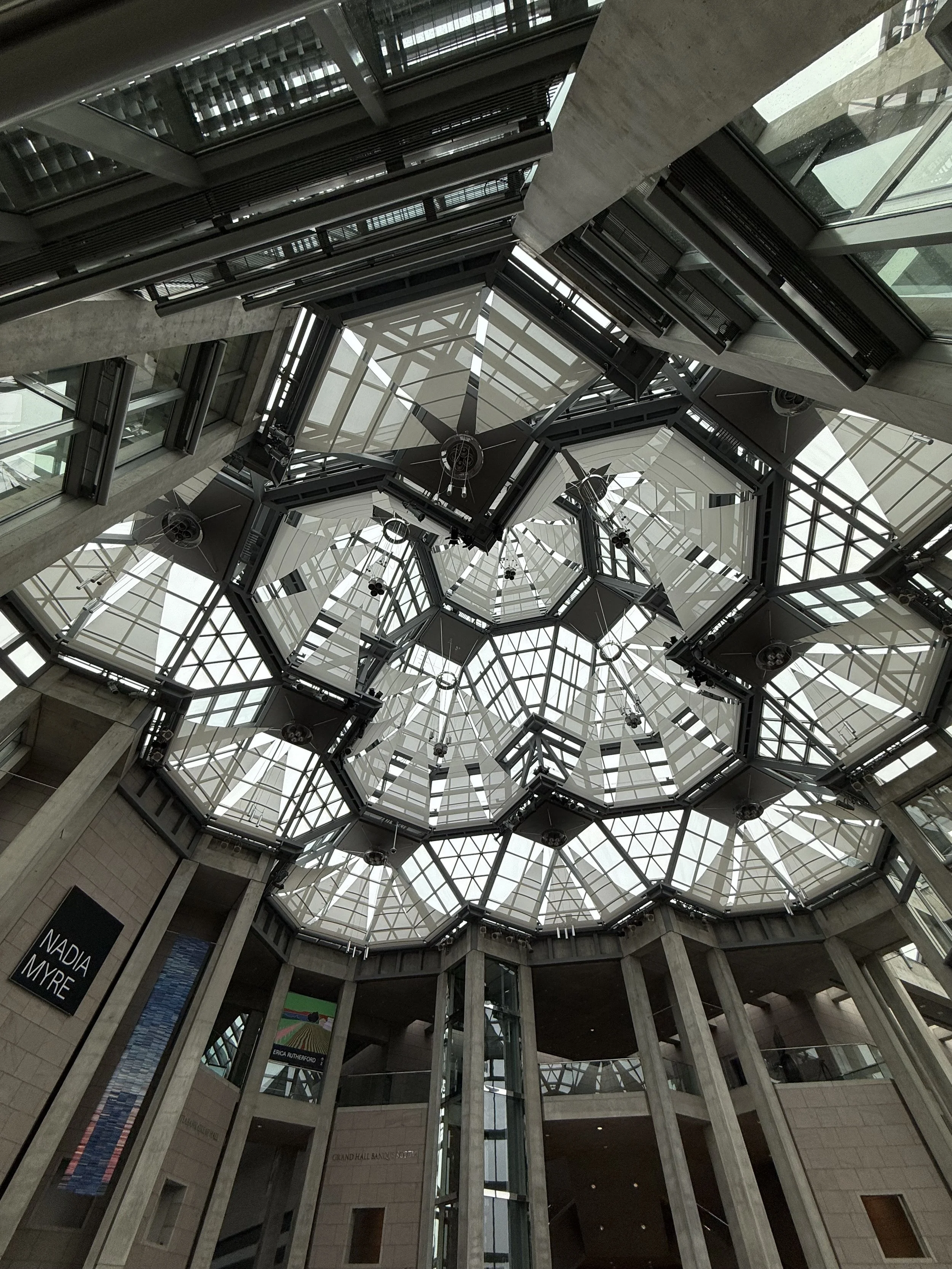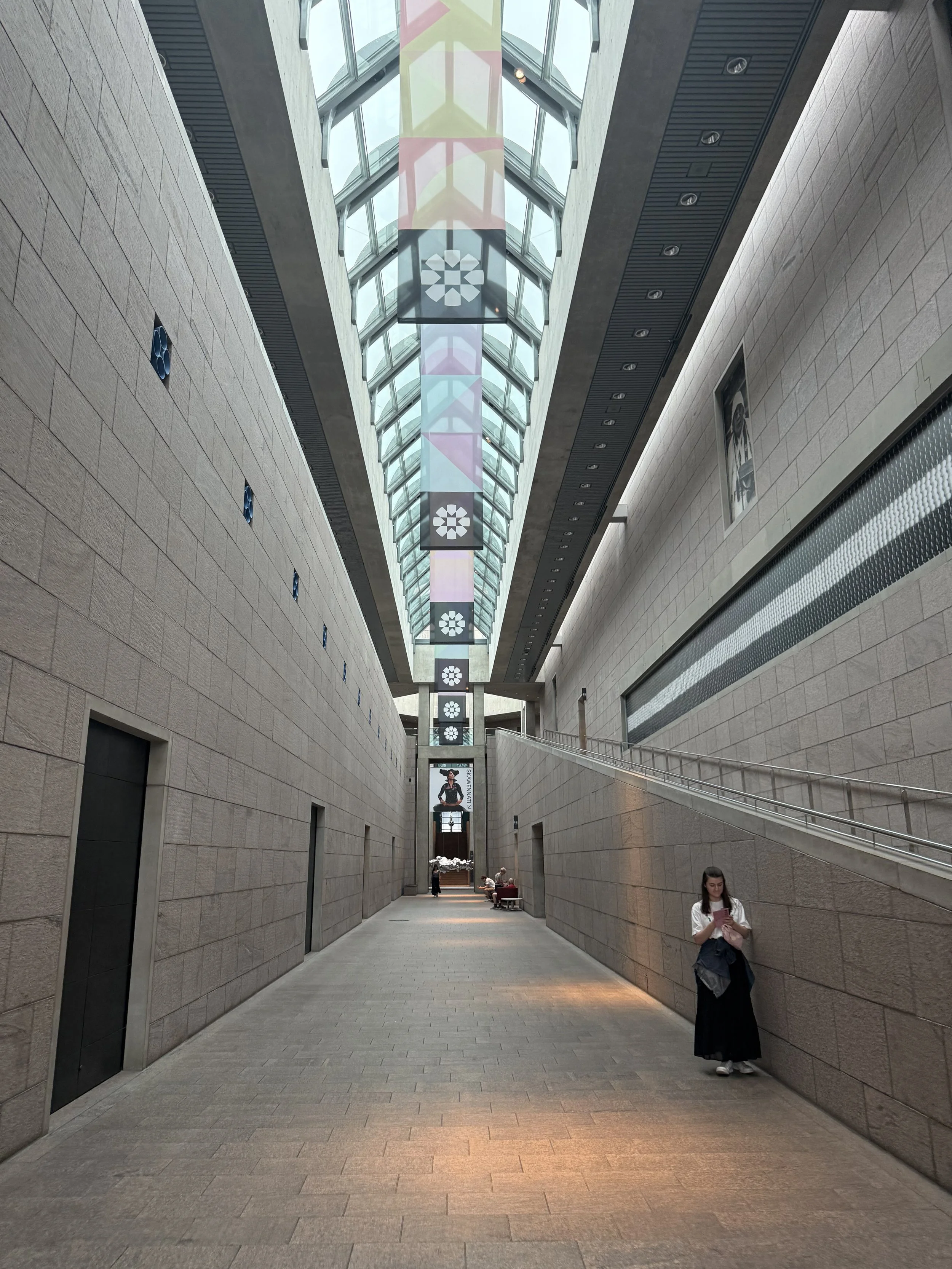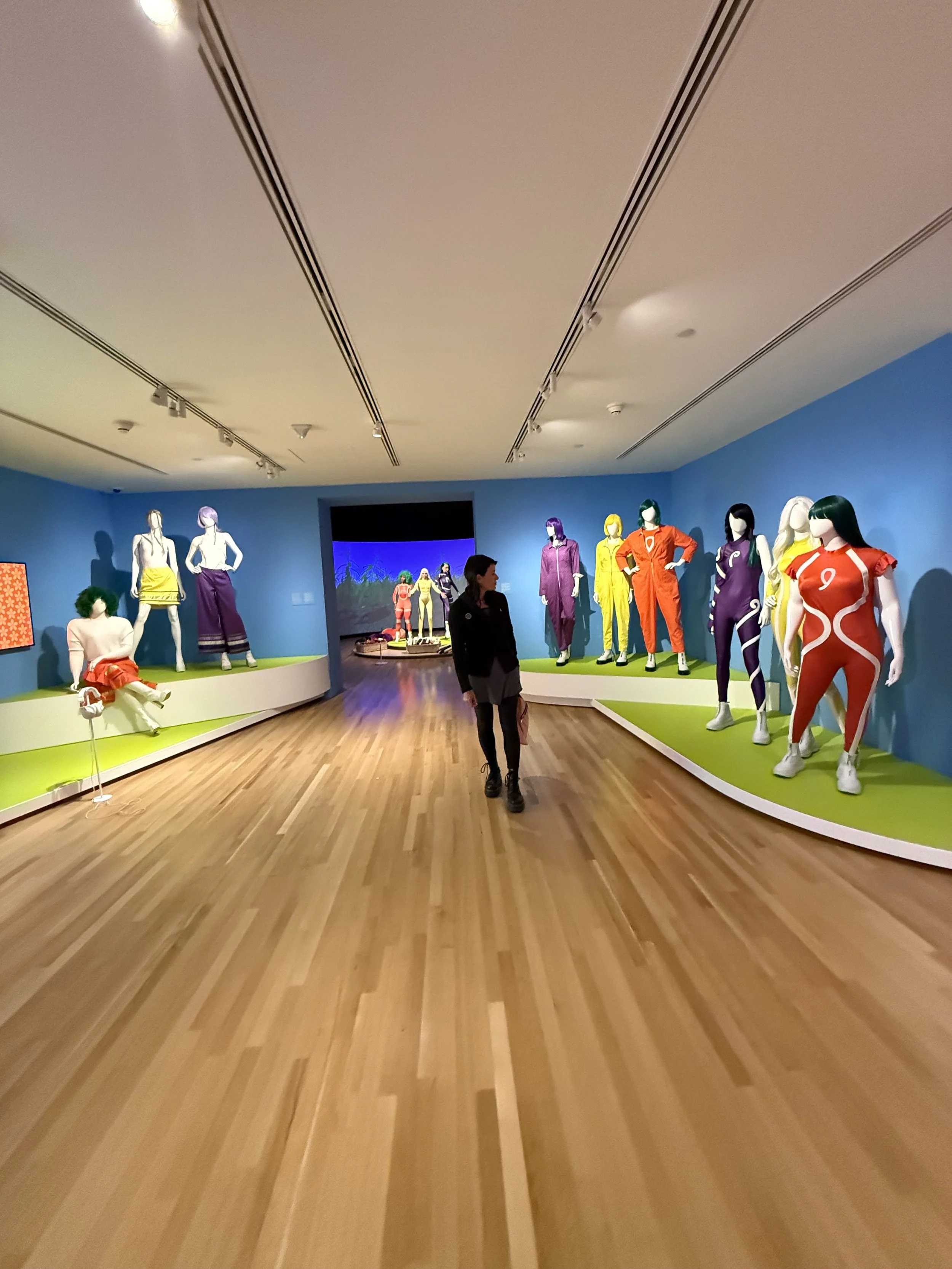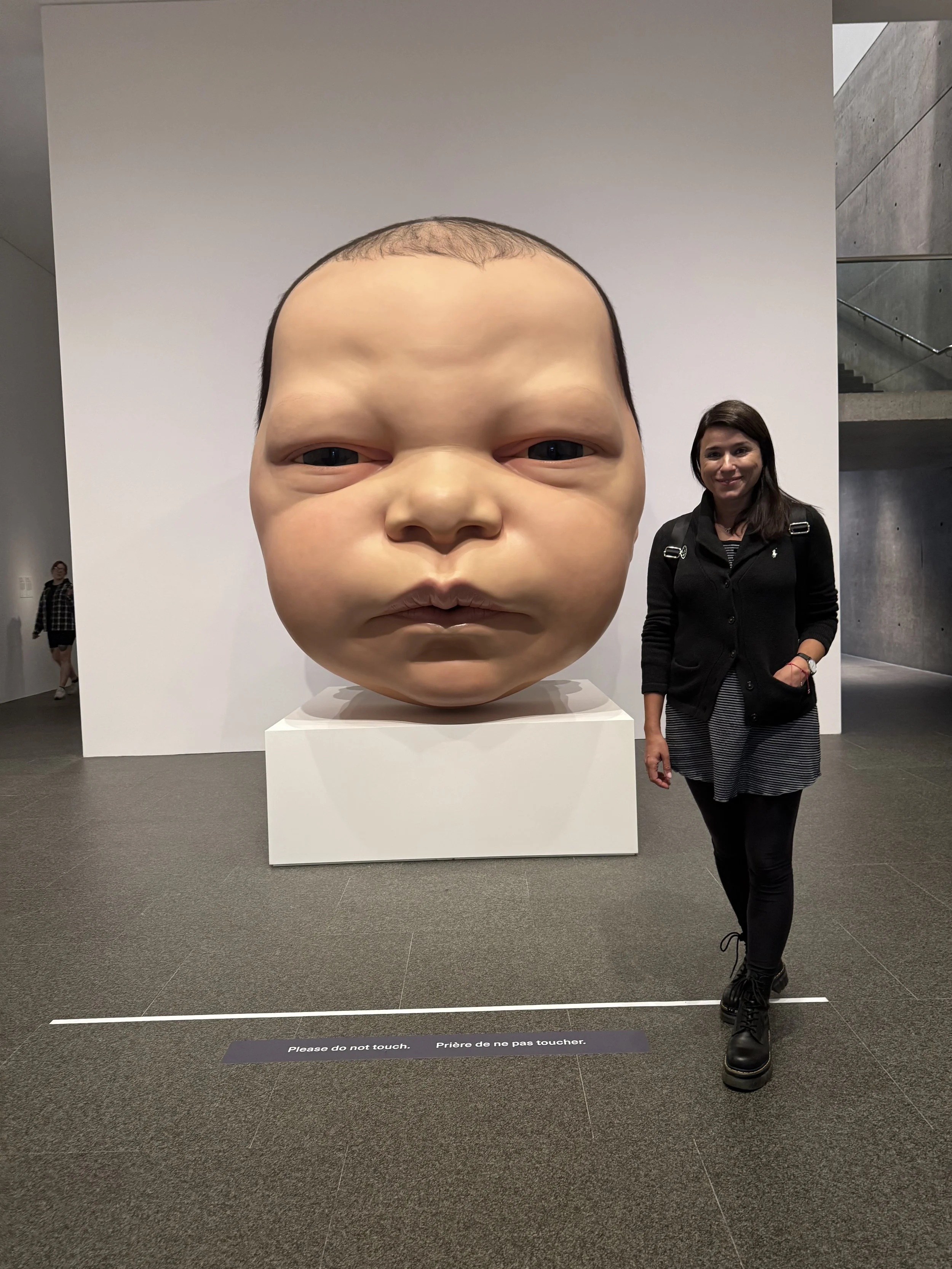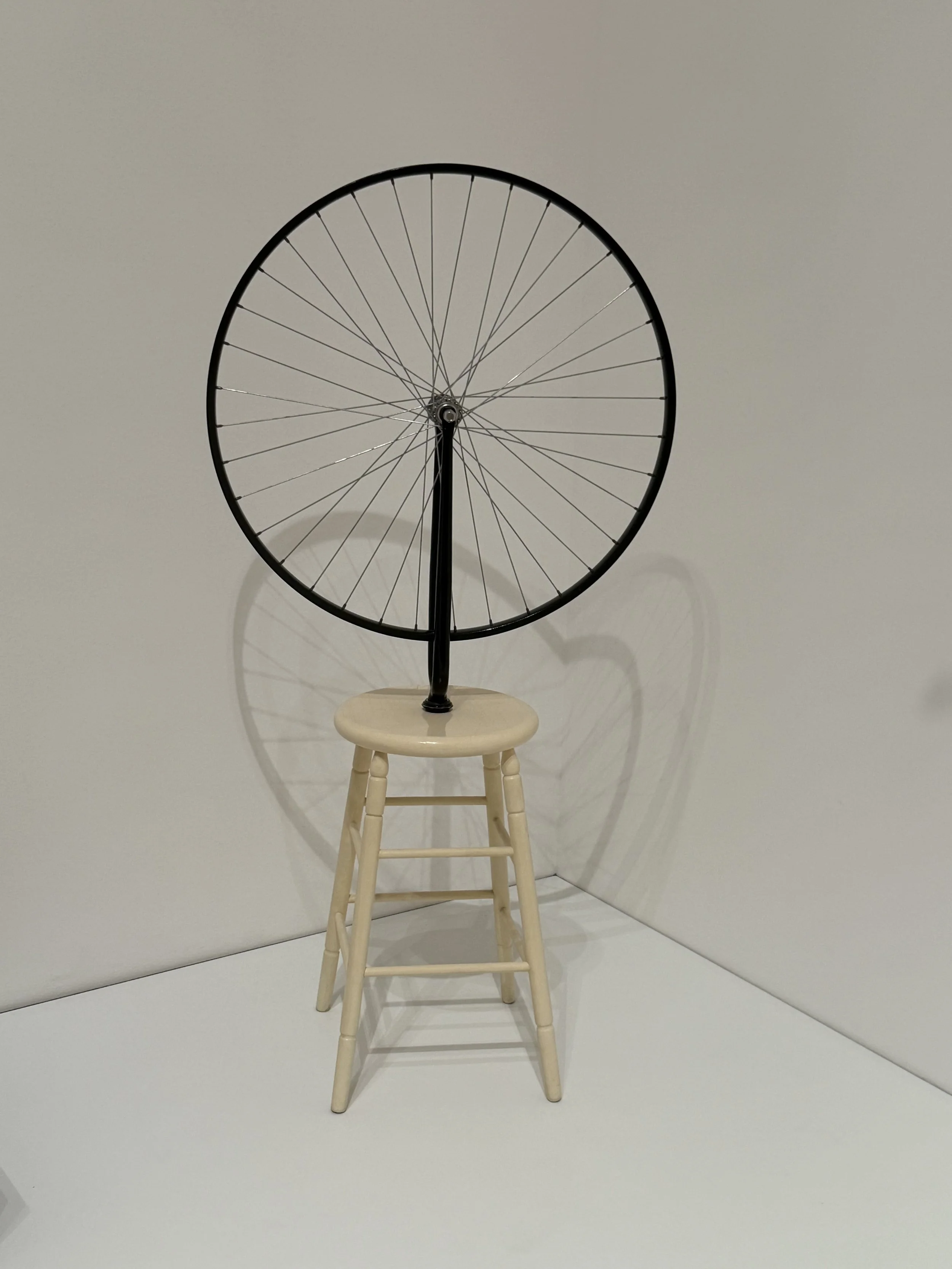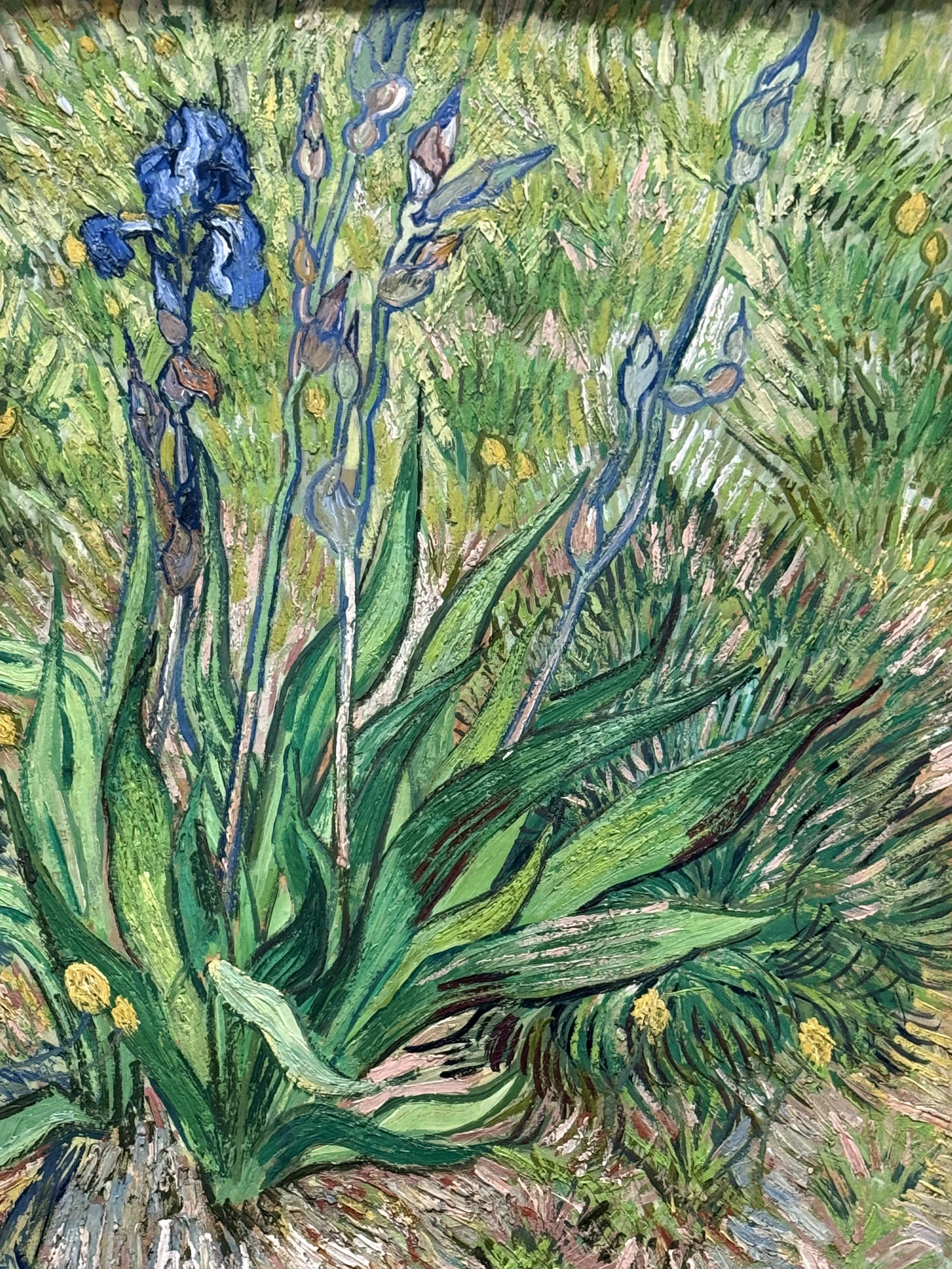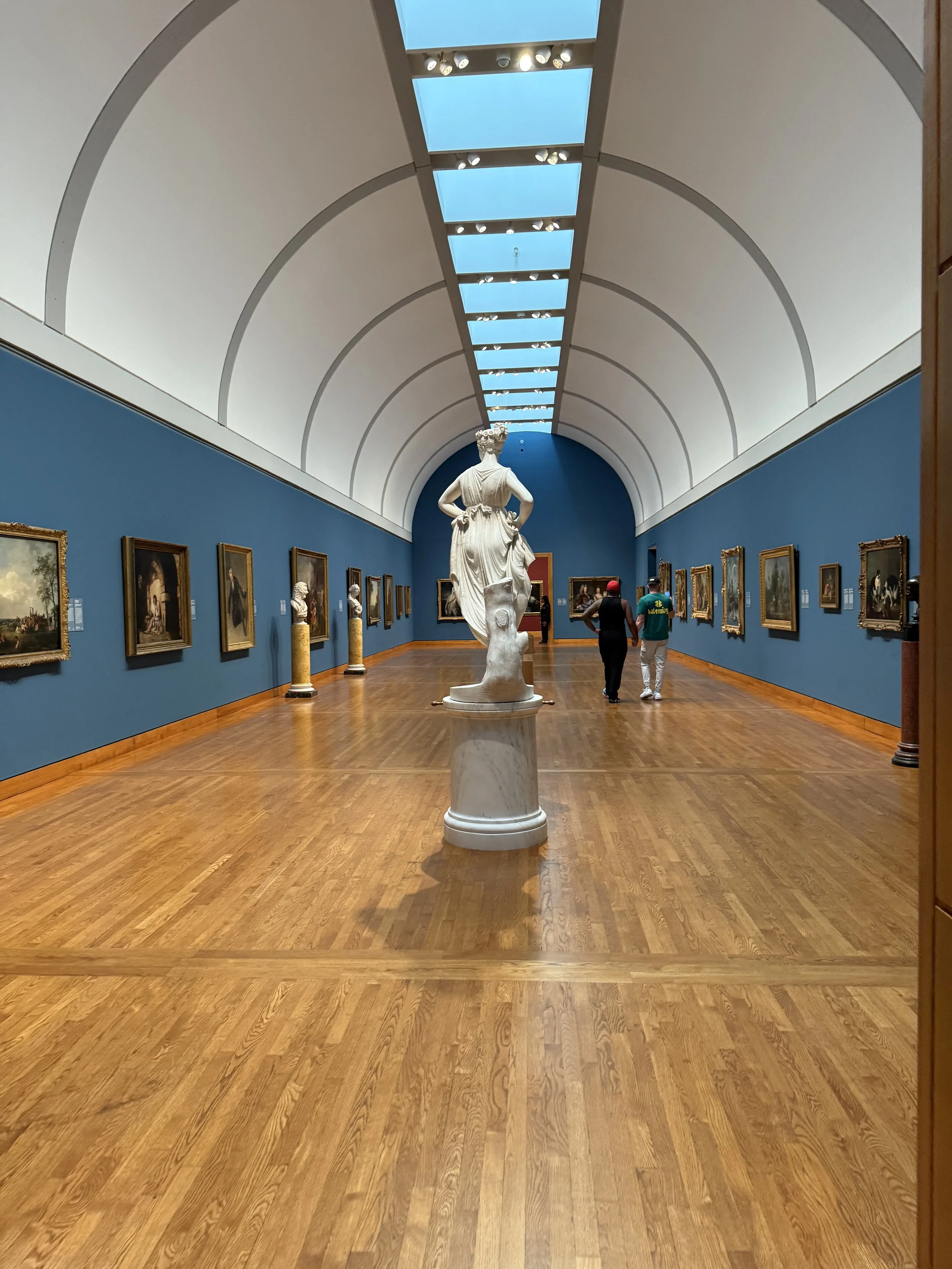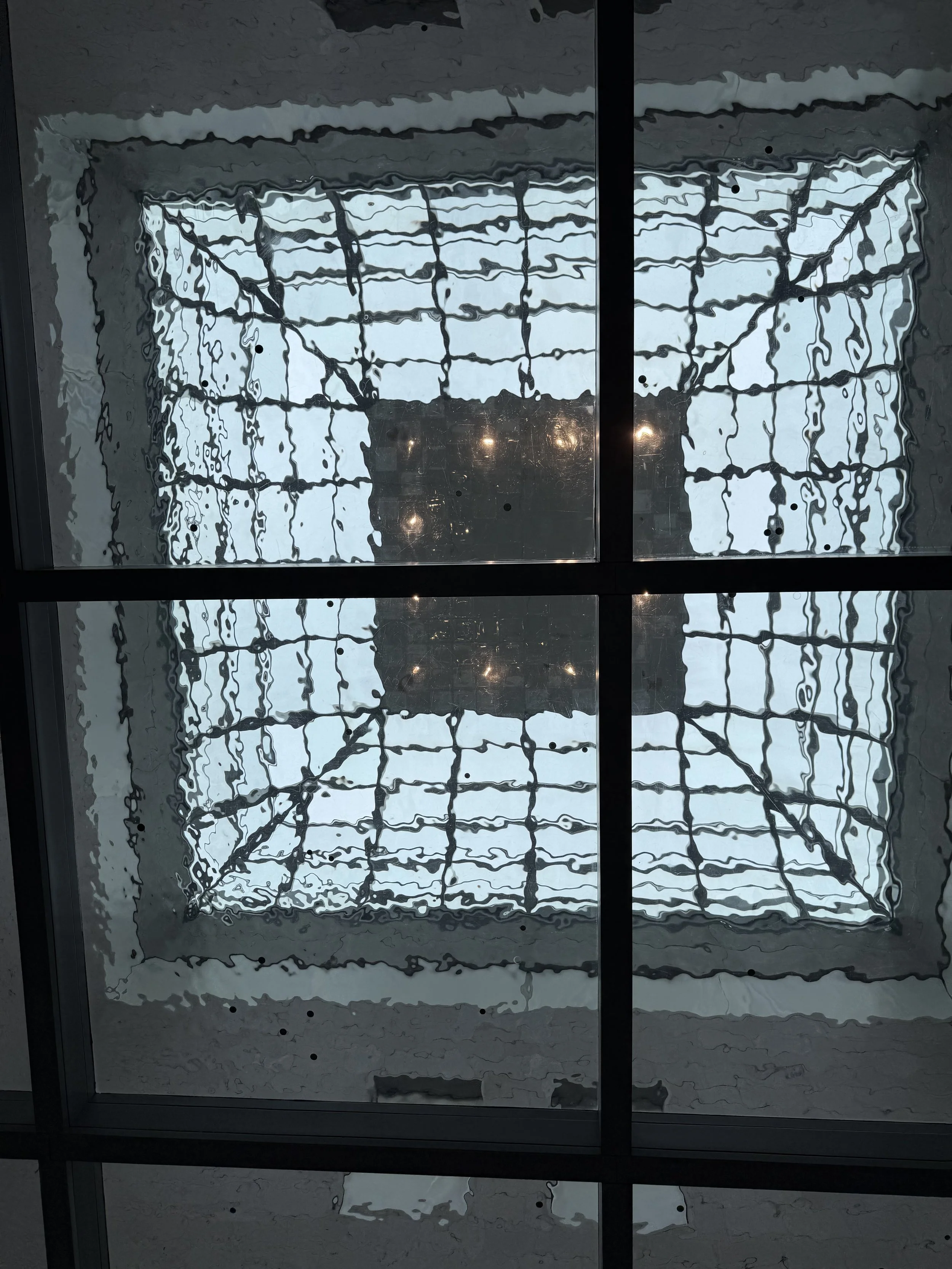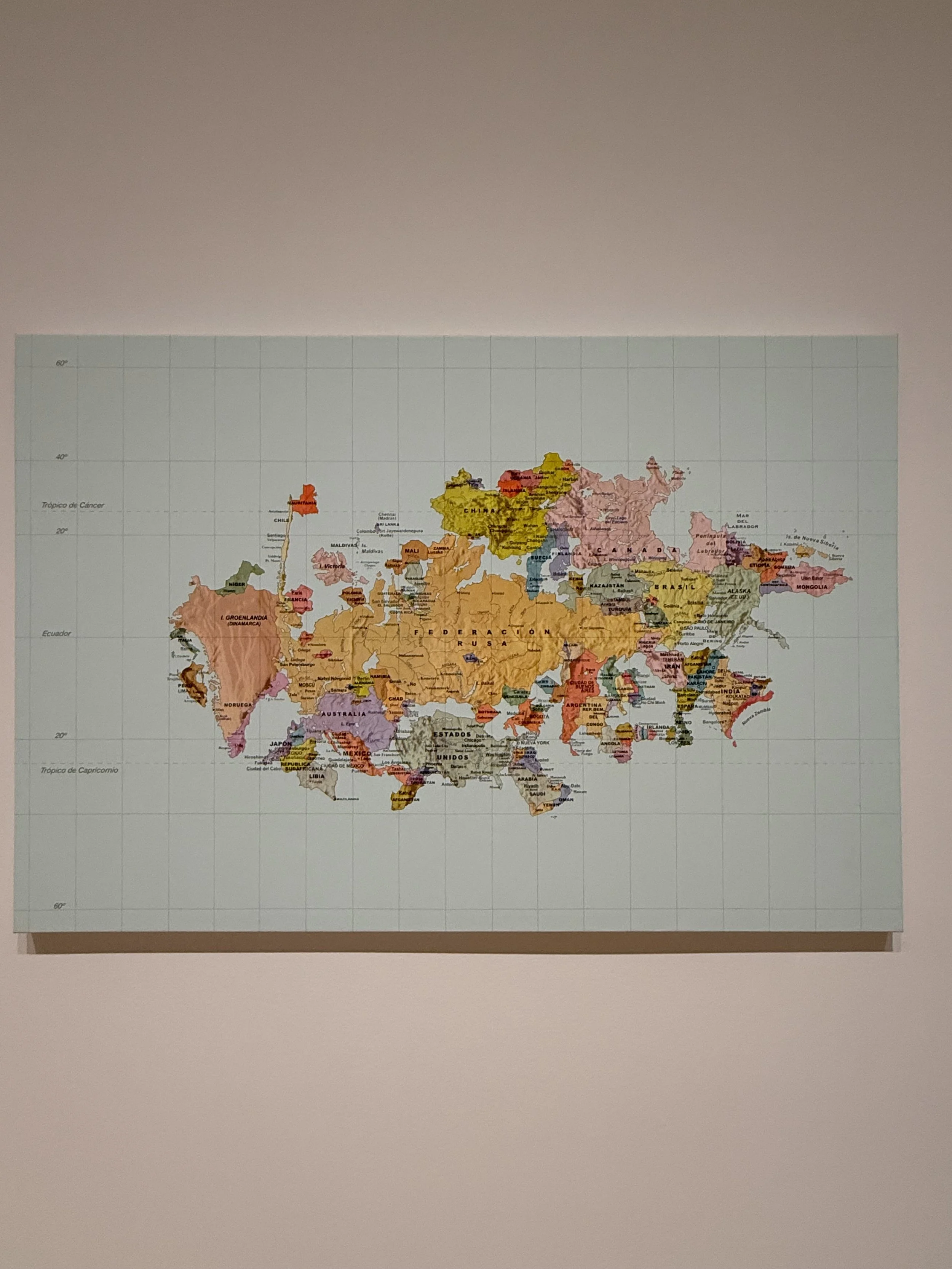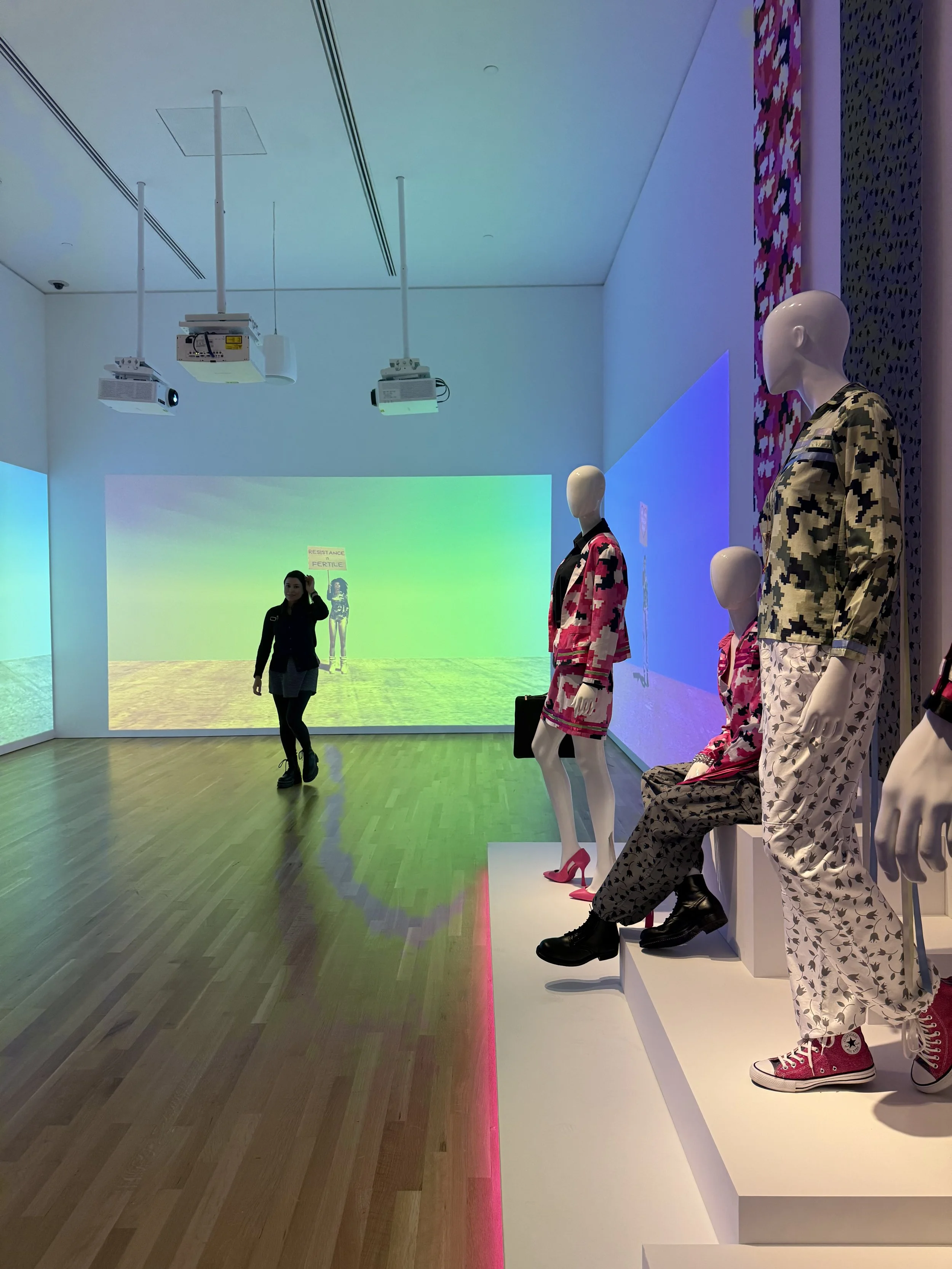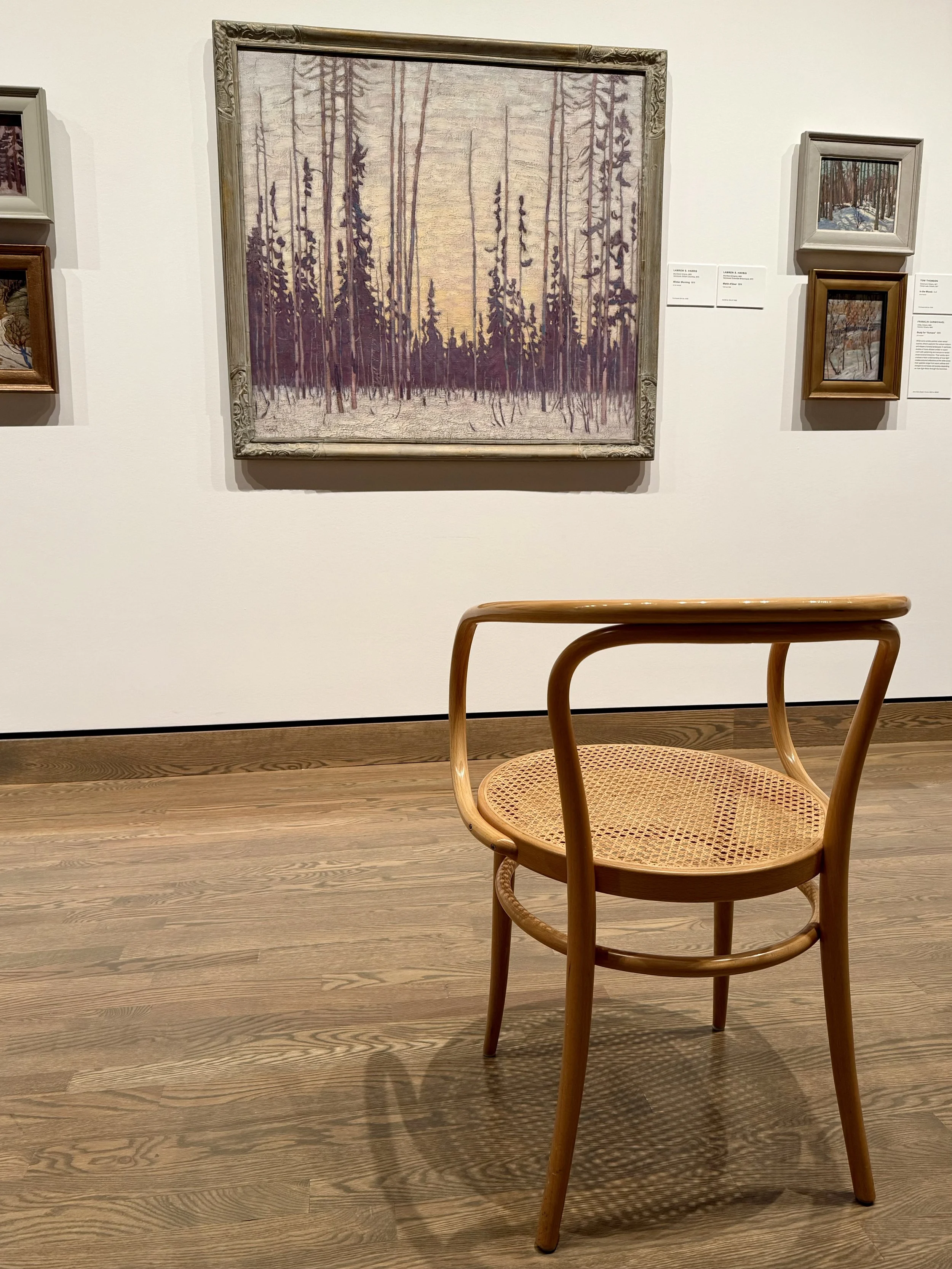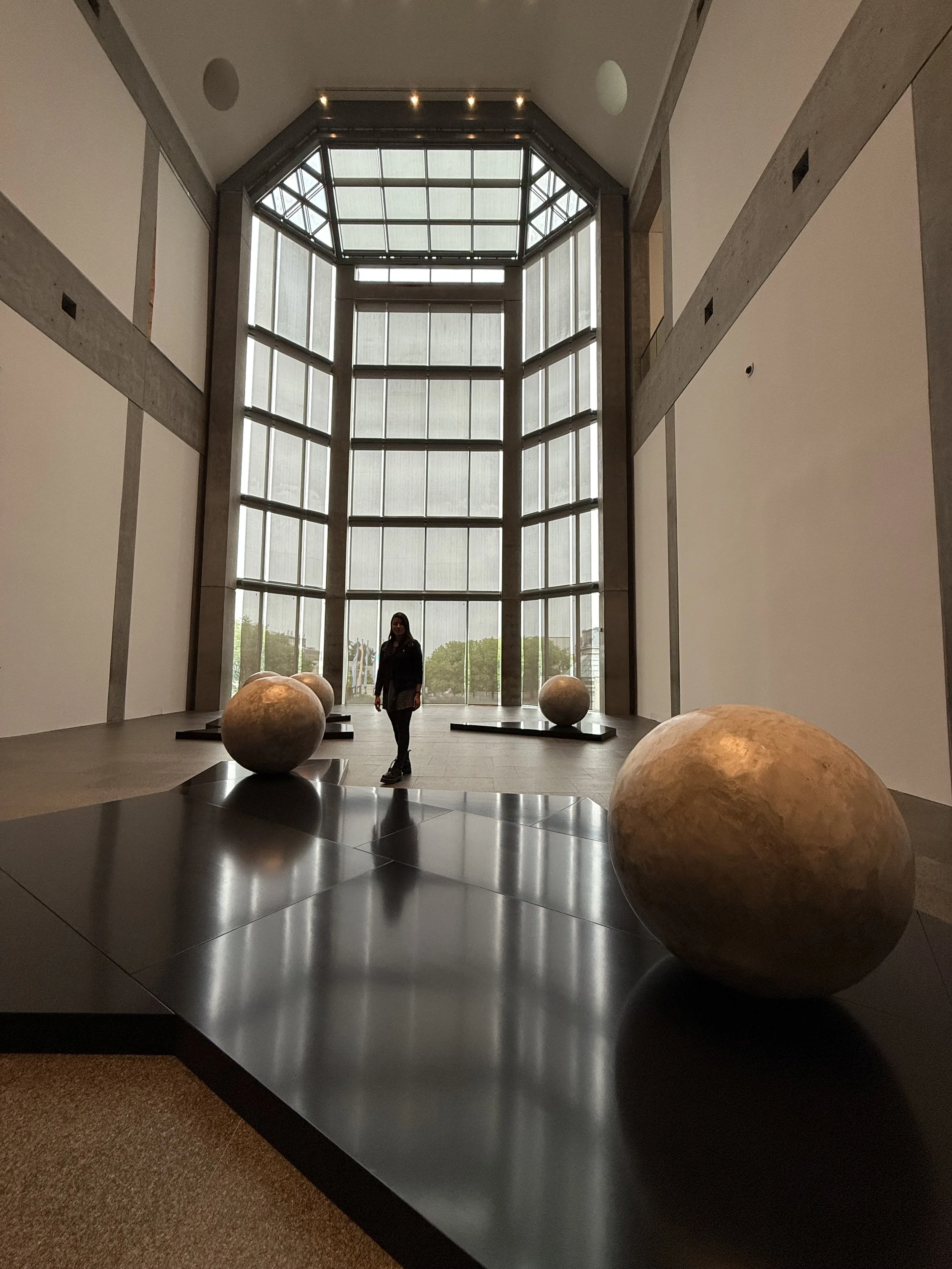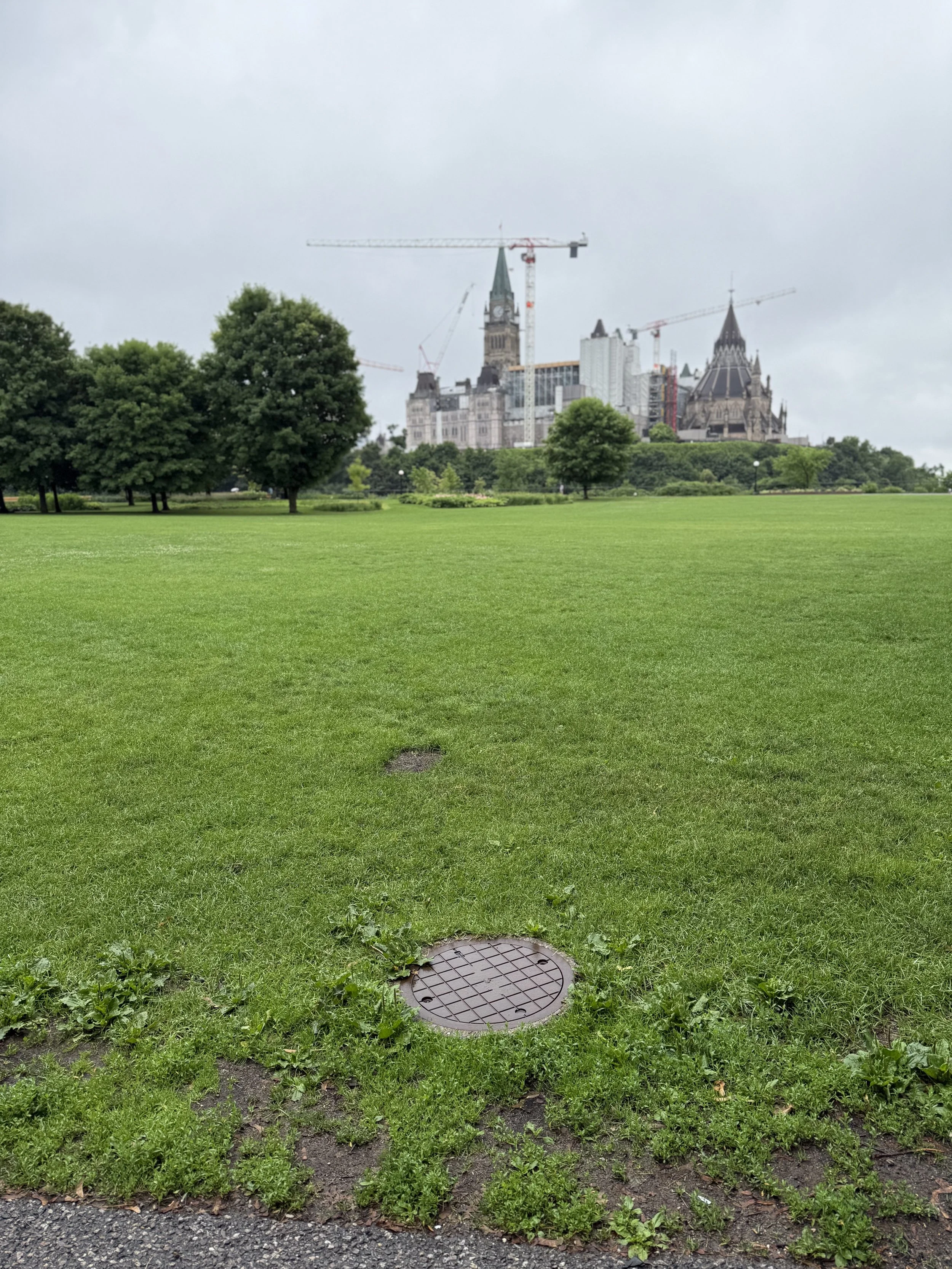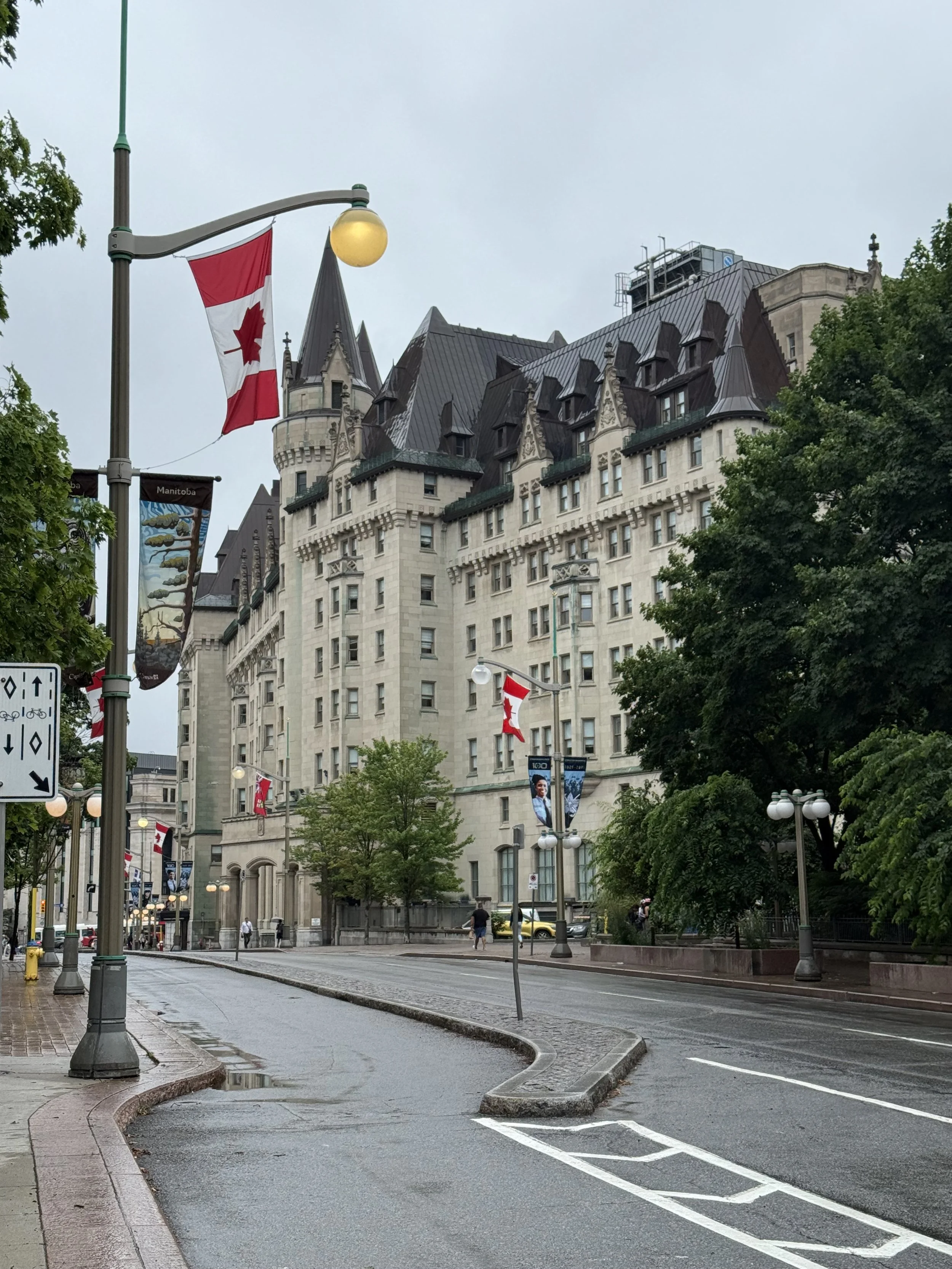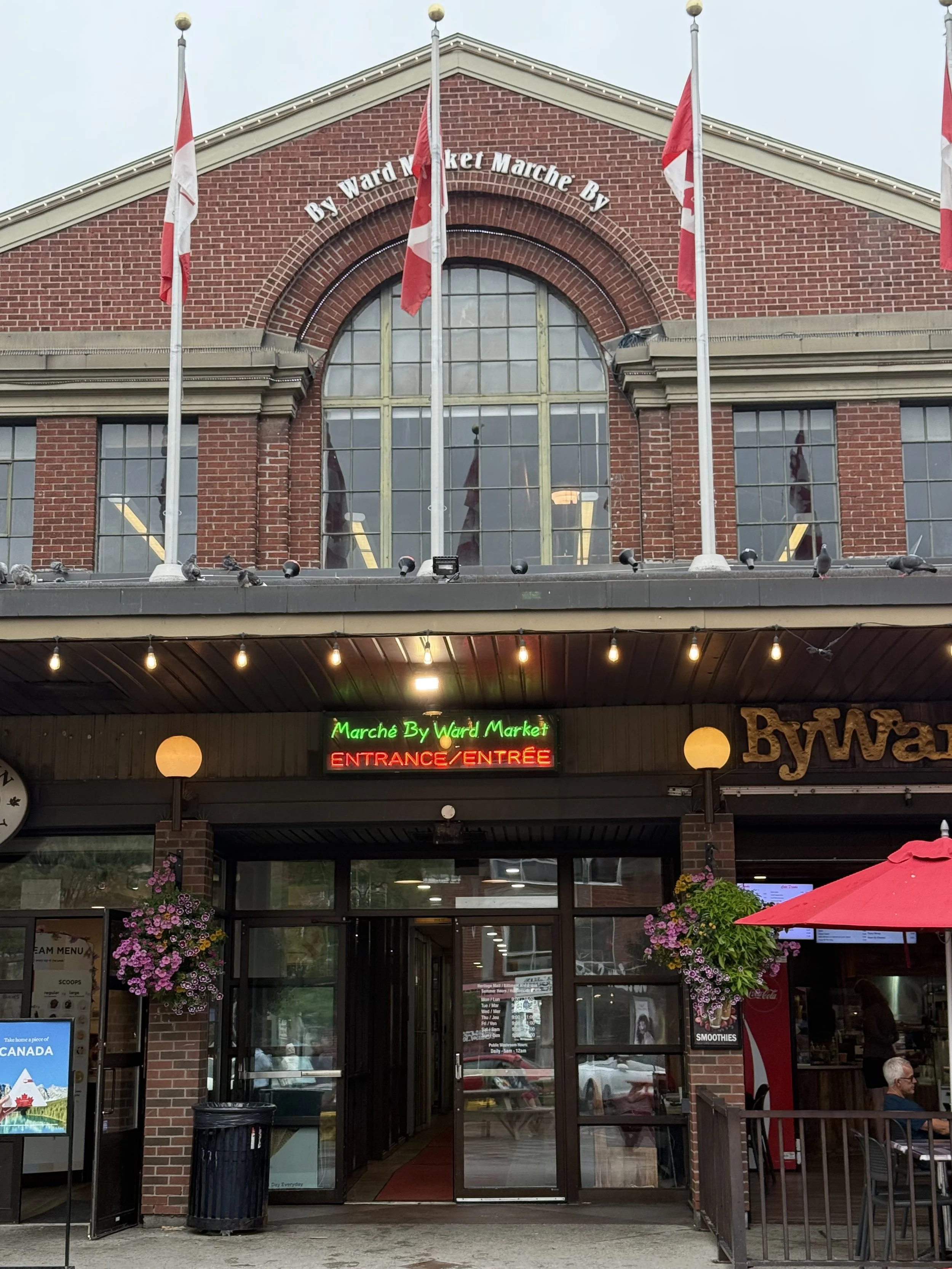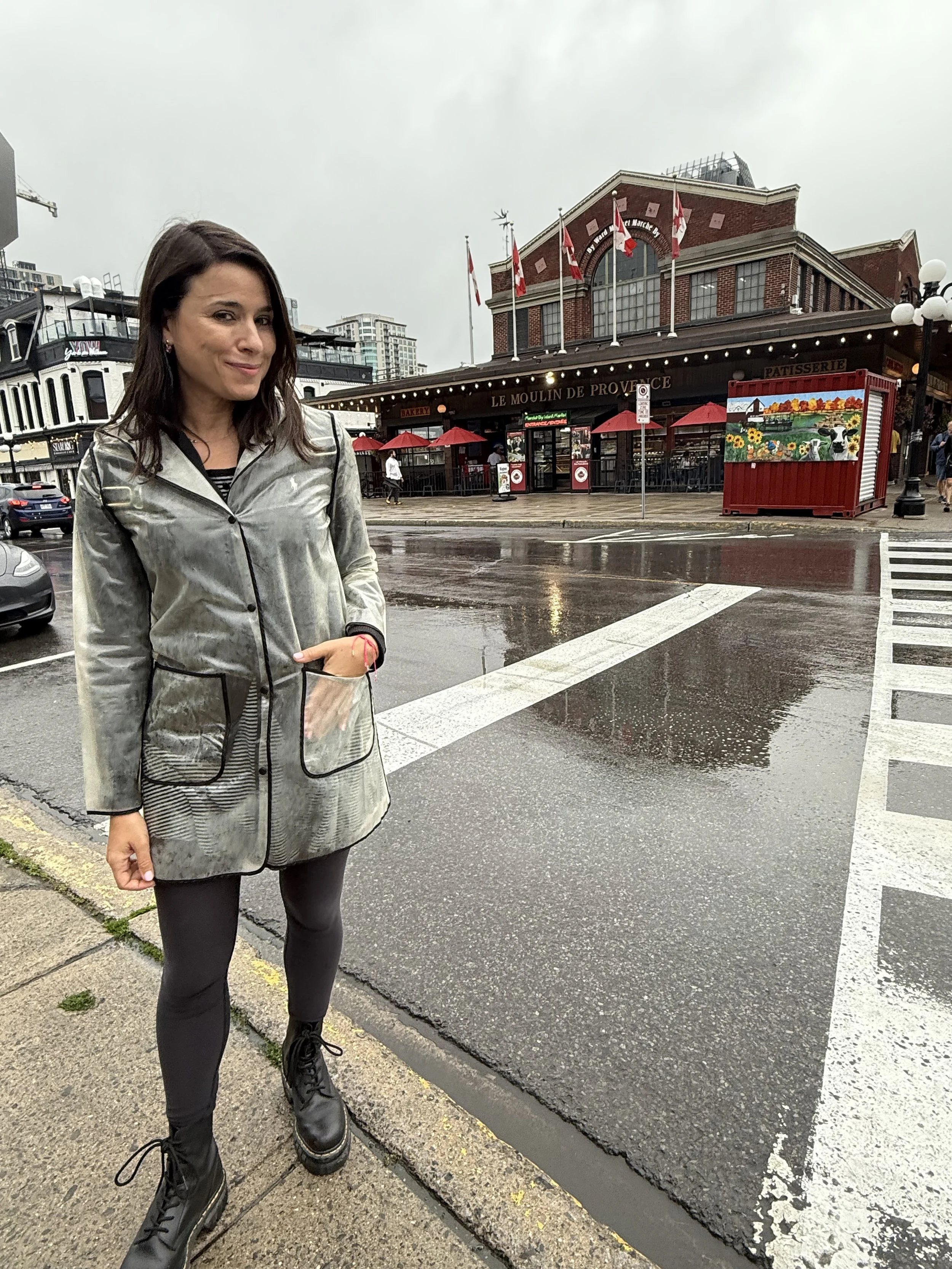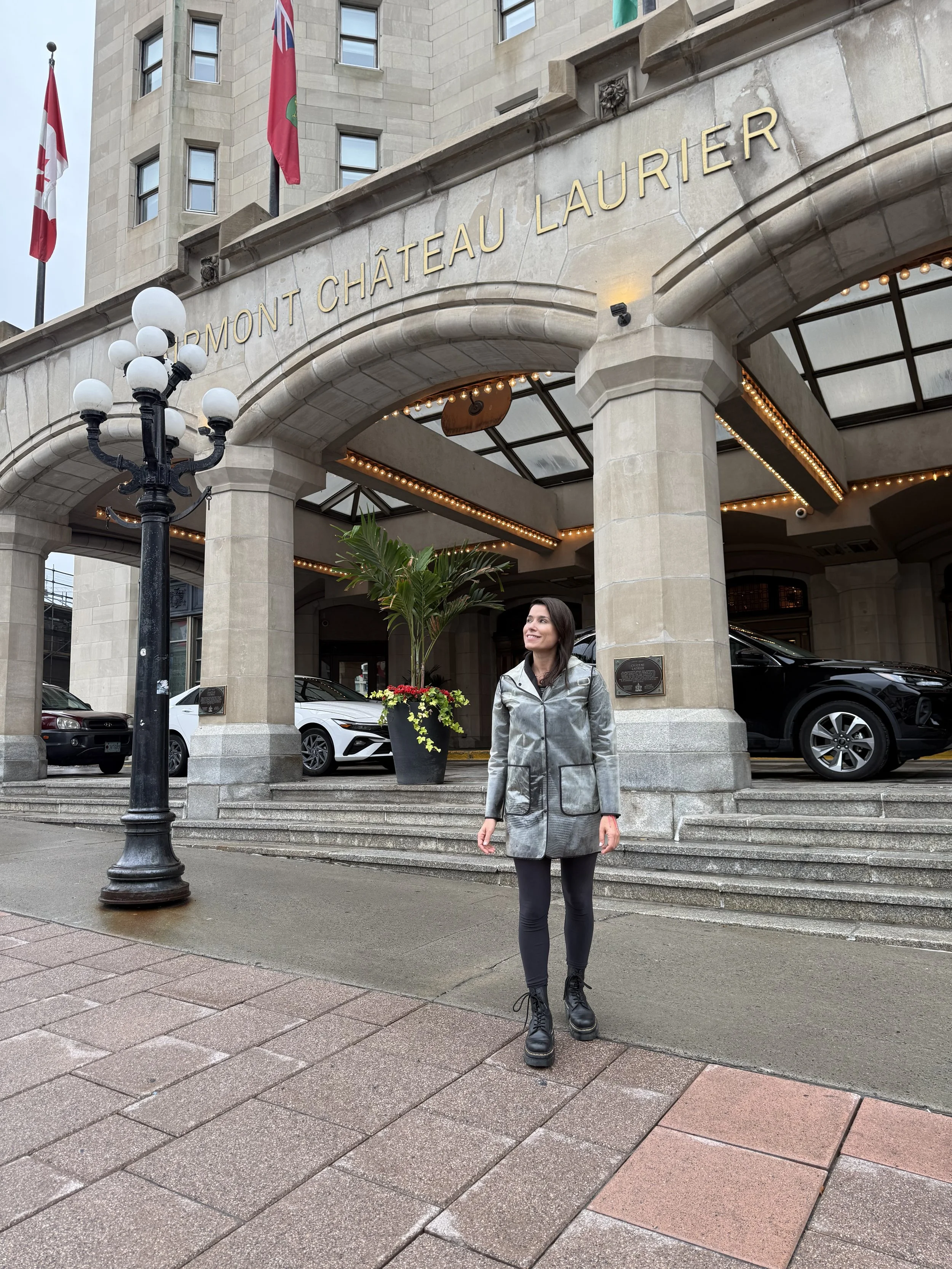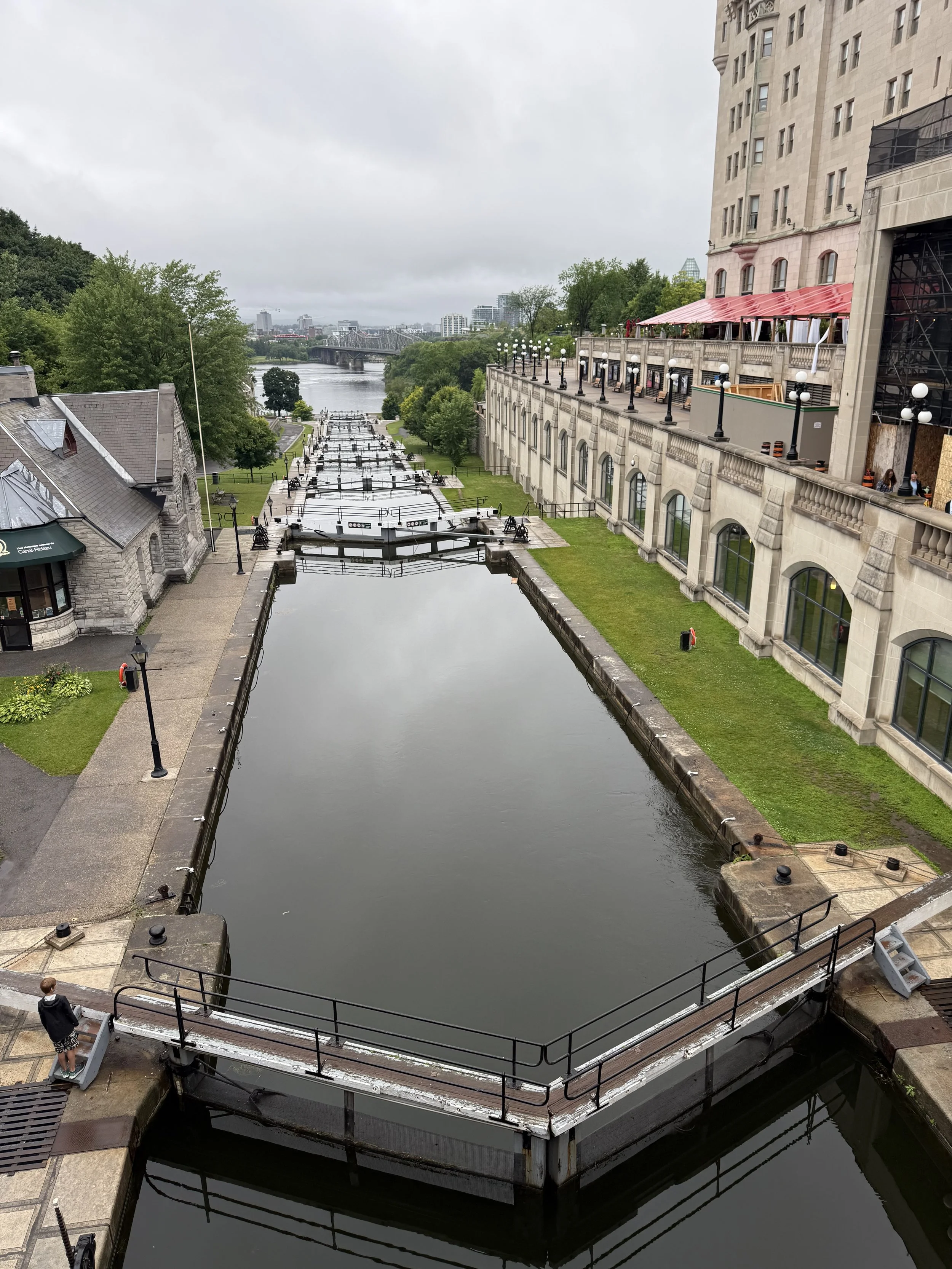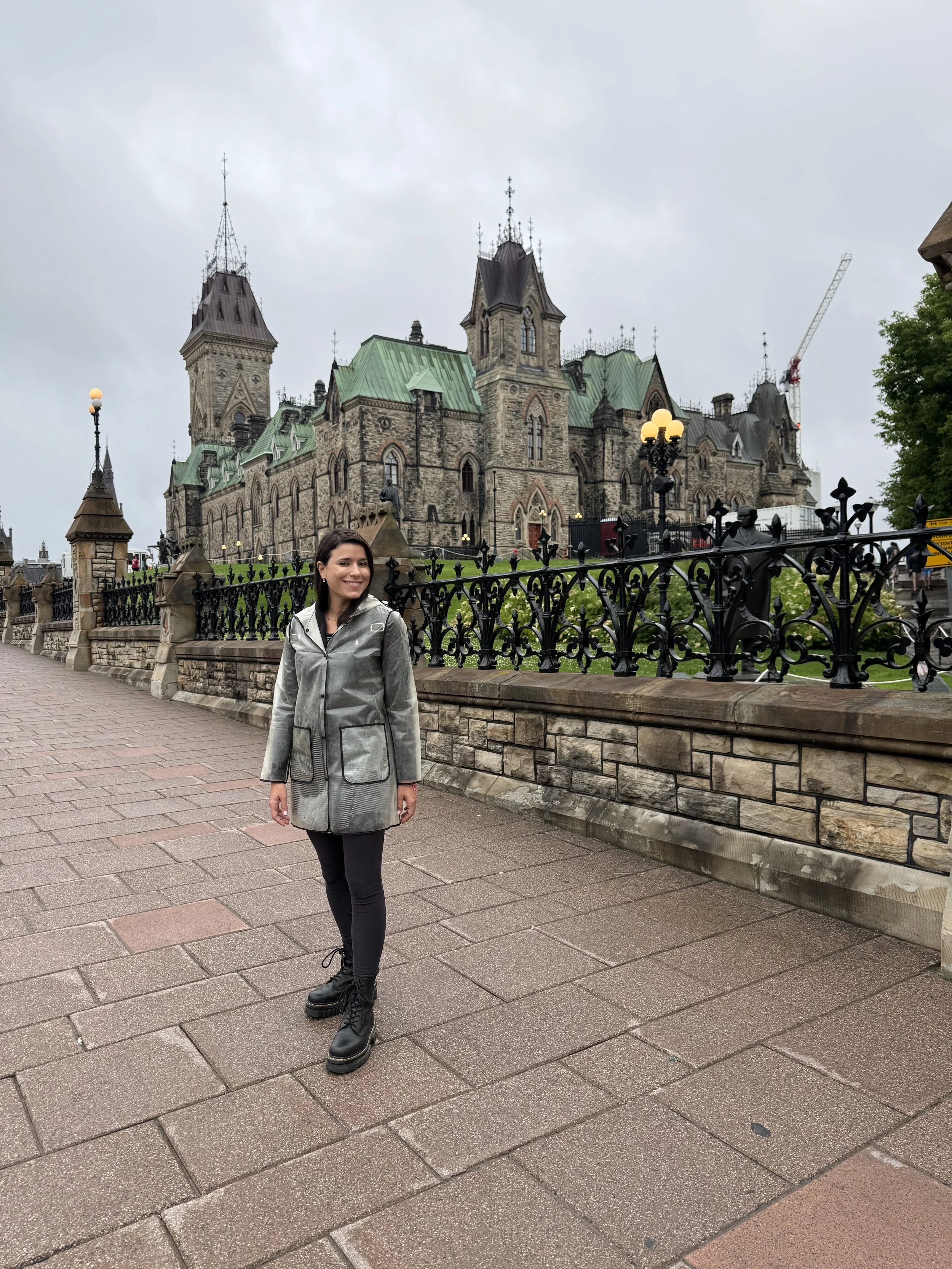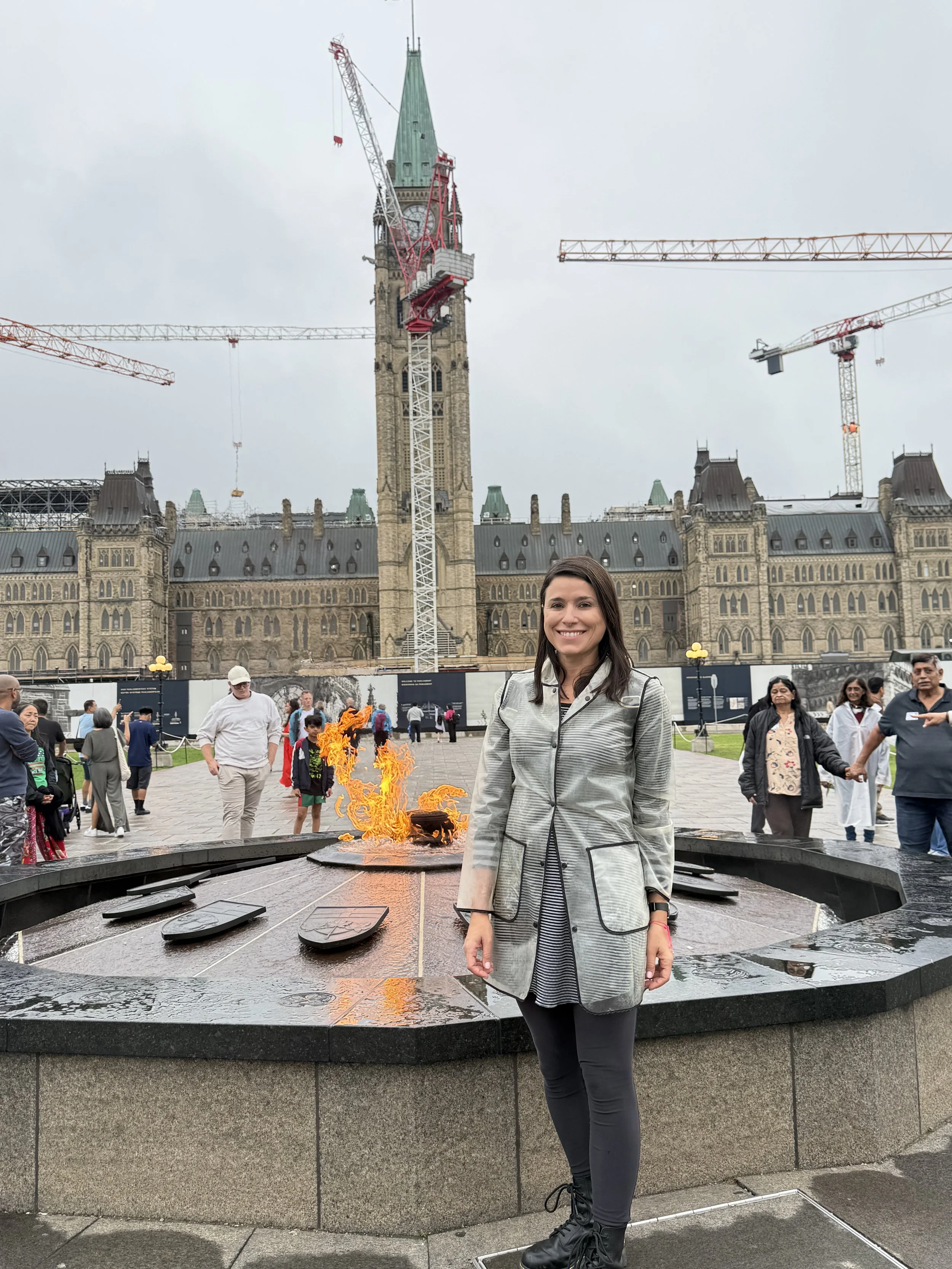Ottawa
The small, remote administrative center It has been the capital of Canada since Queen Victoria's decision in 1857.
One-third of the population is French-speaking. It is a city full of universities and museums, and more than half of its inhabitants have an academic degree.
According to the consulting firm Mercer, it is the third cleanest city on the planet. It is also one of the most visited cities in the country, with 22 million tourists annually, ten times its population.
It is a technology hub, something like the Canadian Silicon Valley, with 1,800 companies based there, including Shopify.
It is almost always sunny, 45% of the total hours of daylight per year. But we had a gray and rainy day.
During the winter, the 8-kilometer Canal Rideau is transformed into the world's largest ice skating rink, serving as a means of transportation for workers and students, which is why it was declared a UNESCO World Heritage Site.
Interestingly, the most popular dish, along with poutine, is shawarma, due to the Arab migration it received. Its thick and spicy “Ottawa-style” pizza is just as famous. When it comes to sweets, the star is the Beaver Tail, a sweet fried dough.
We arrived at the small station on a VIA Rail train. From there, crossing the Keening Bridge and skirting the baseball stadium, we arrived at the Hampton Inn, where we were able to check in, leave our bags, and take an Uber directly to the National Art Gallery, the reason we were visiting the city. On the way, we saw Catedral Notre Dame.
The National Art Gallery is Canada's most important art museum. It has 94,000 works. The new building dates from 1988 and was designed by Moshe Safdie. One of its most striking features is Maman, one of Louise Bourgeois' eight spiders.
We enjoyed touring its galleries, with exhibits that trace the history of art. Not to be missed were Van Gogh's Irises, Rembrandt's Heroine of the Old Testament, Klimt's Hope I, Marc Chagall's La Tour Eiffel, Claude Monet's Waterloo Bridge, El Greco's San Francisco, Boticcelli's The Triumph of Mordecai, and Voice of Fire by American artist Barnett Newman, which cost $2 million in 1990 and was considered a wasteful and controversial purchase by the city. Today it is worth about $30 million...
After the tour, ecstatic from pure art, we set off on a walk to explore Lower Town.
Behind the museum is Kiweki Point, a viewpoint over the Ottawa River, with the province of Quebec and the city of Gatineau on the other side, and the towers of the Museum of History. - Museo de Historia.
Continuing along Murray St., you will find the Château Laurier, a hotel dating back to 1912. Prime ministers, kings, and tycoons stay there. It once had Tiffany windows and a kitchen capable of serving five thousand guests. The presidential suite costs about $2,350 a night.
Next is the Plaza Bridge over the Rideau Canal.
Behind it, on Wellington Street, is Parliament Hill, tcompleted in 1927, the seat of legislative power.
We retraced our steps and found, behind the Roger Events Center, the Saintlo Jail Hostel, a former prison from 1862 now converted into a hostel. And on the other side of the Rideau Centre, shopping mall, the By Ward Market, open until 6 pm and surrounded by bars and pubs. Obviously, that day we tried our first Canadian poutine and shawarma.
There was the possibility of taking a boat trip on the Rideau Canal or the Ottawa River - Canal Rideau o el Río Ottawa, but the gray day discouraged us, so after dinner we returned to the hotel to rest, as the next day Montreal and all its cultural offerings awaited us.


